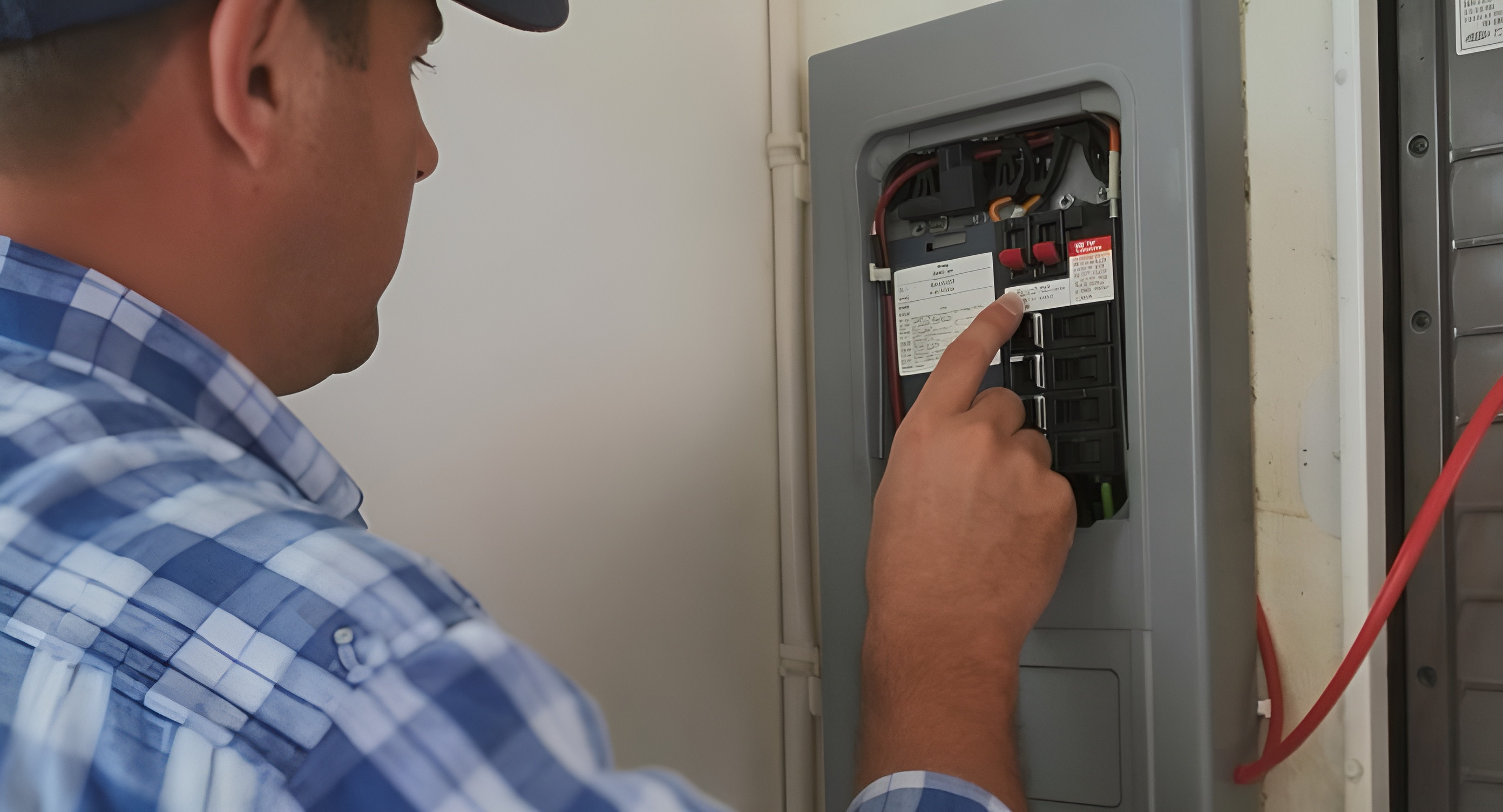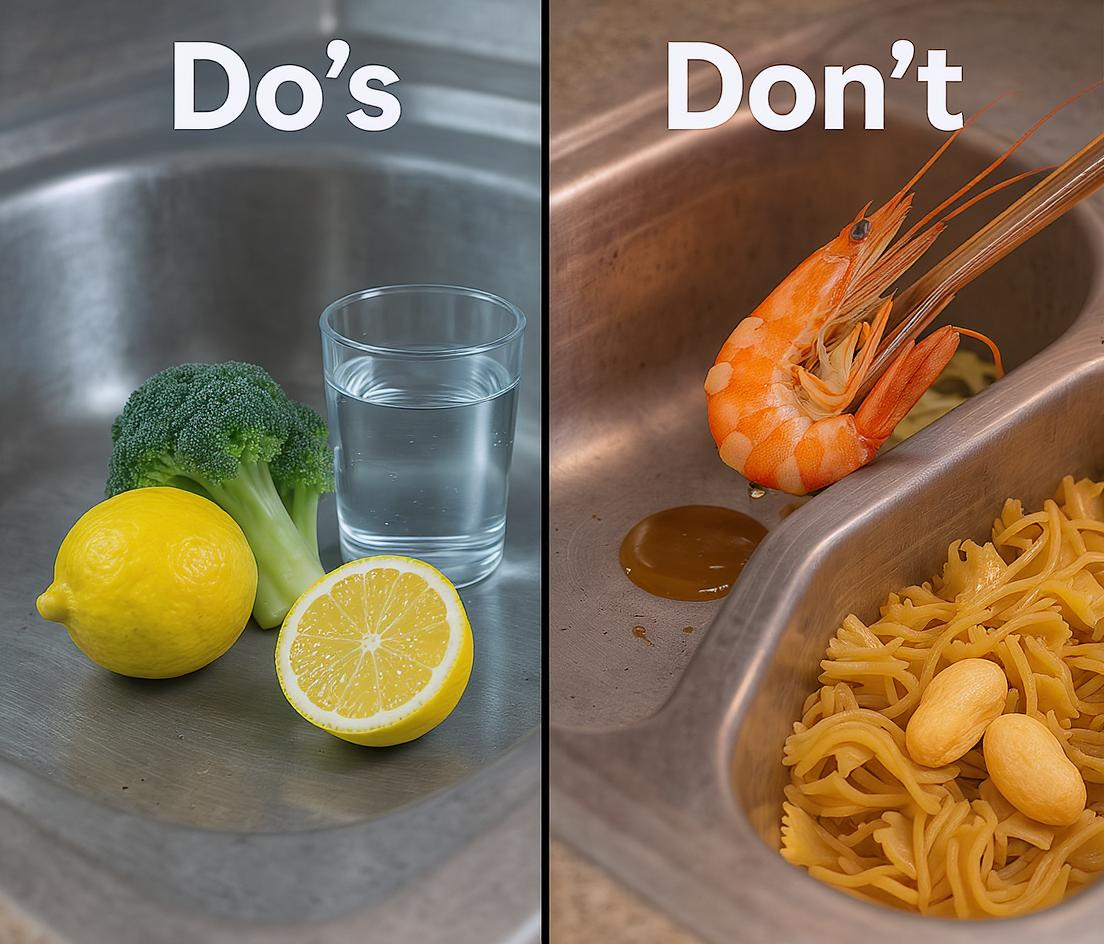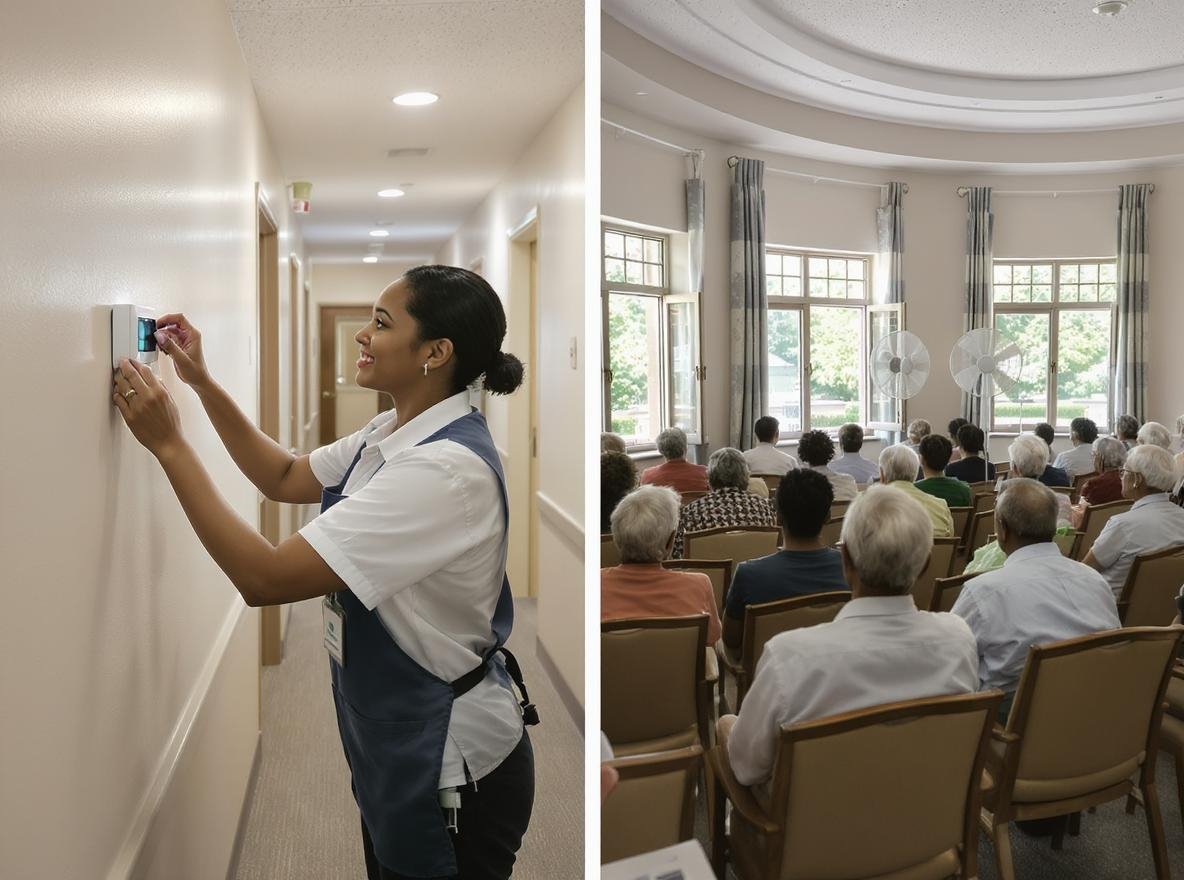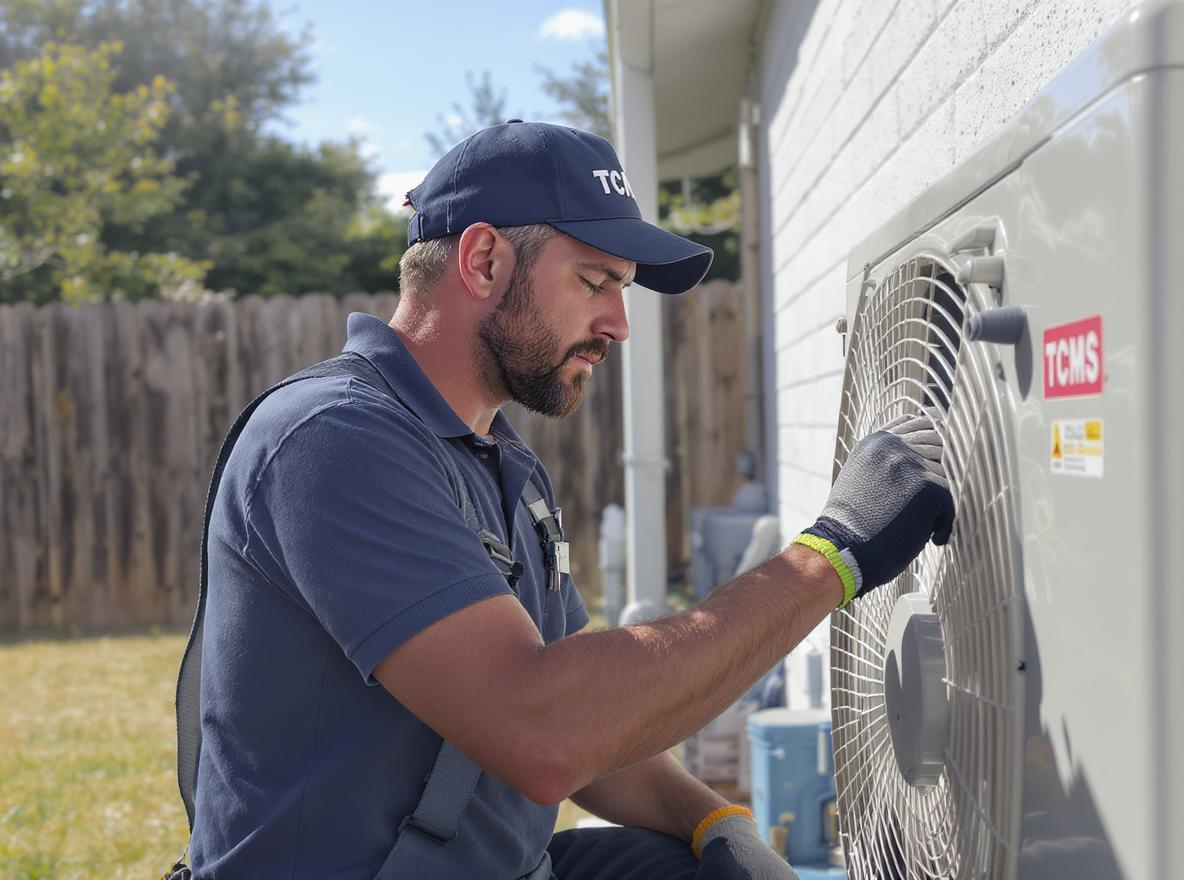Keeping customers, guests, and employees comfortable during the year's hottest months is a critical concern for companies looking to maximize foot traffic at their premises. However, the costs of cooling industrial buildings can be significantly high, undermining business profits for organizations without energy-efficient equipment. Fortunately, several energy-reducing building elements and best practices can help property owners save on air conditioning costs while abating carbon footprints.
With that, here are five effective ways to reduce air conditioning costs in commercial buildings.
1. Install an Energy-Efficient HVAC System
Commercial HVAC systems older than 10-15 years tend to leak and break down more often, increasing maintenance and repair costs. Installing a more efficient air conditioning system with a favorable rating in energy efficiency can help reduce associated cooling costs. Besides, it is essential to ensure the system is properly installed with an Energy Star-certified HVAC installation.
Getting the right size cooling system is also crucial, as a large system can leave the building too humid, while an undersized system can work overtime to achieve the desired temperature. Typically, an air conditioning system of the right size with suitable energy efficiency ratings can help reduce commercial cooling costs during hotter days.
2. Invest in Regular Servicing
One of the most important ways to reduce commercial air conditioning costs is to maintain your AC equipment. A poorly maintained system can have clogged ducts, wobbly fans, loose wires, dust, and other problems, making the unit work extra hard to achieve the required temperature. This often suggests higher energy and maintenance costs that increase the overall commercial air conditioning costs.
Therefore, servicing your AC system regularly can help diagnose key areas and address any repairs sooner. The intent is to reduce the risks of breakdown and extend your system's lifespan to ensure optimal performance at reduced cooling costs. Besides performance tests, a good AC servicing checklist includes:
- Changing worn-out parts
- Topping up fluid levels
- Inspecting all movable parts
- Cleaning vents and other parts that often collect dirt
- Checking and cleaning condenser coils
- Ensuring the thermostat works correctly
- Analyzing engine performance
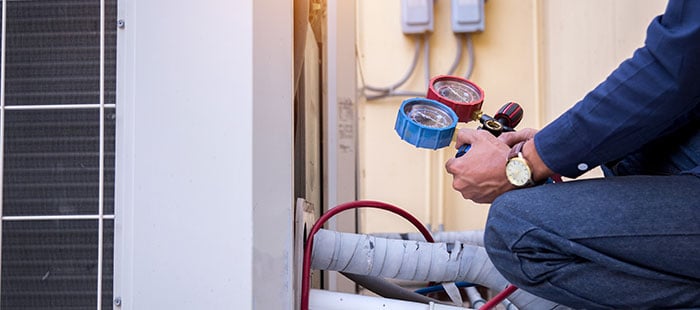
3. Maximize Insulation
Small cracks and gaps in windows and doors can result in significant air flow into and out of the building. Besides, large commercial buildings include more space to cool, hence demanding more energy to keep it comfortable during warmer months. Insulating the building can keep various spaces cool, reducing energy costs by up to ten percent. Wall insulation for instance can reduce the conduction of cool air to the outdoors, lowering energy bills.
4. Use a Smart Thermostat
Programmable thermostats play a critical role in controlling efficiency in any building, especially commercial spaces. Since most businesses leave their air conditioning on during hotter days, introducing a smart thermostat can help set schedules or triggers for the AC. This includes turning off the AC automatically when spaces reach the desirable temperature, and turning it on when temperatures exceed the required limit. It is an effective way to maximize energy efficiency and create a comfortable office environment.
5. Utilize Renewable Energy Sources
Solar energy is a great alternative energy source for HVAC systems during hotter months. Typically, it reduces over-dependence on costly and unstable fossil fuels while producing renewable energy that keeps your AC running. As a result, it can lead to reduced energy costs associated with running air conditioning systems in businesses. Besides, using solar power in your business allows you to realize various benefits as it provides electricity at low costs.
At Temperature Control Mechanical Services, we can help you reduce commercial air conditioning costs and achieve a comfortable office during warmer months. For more information, contact us to learn more today.

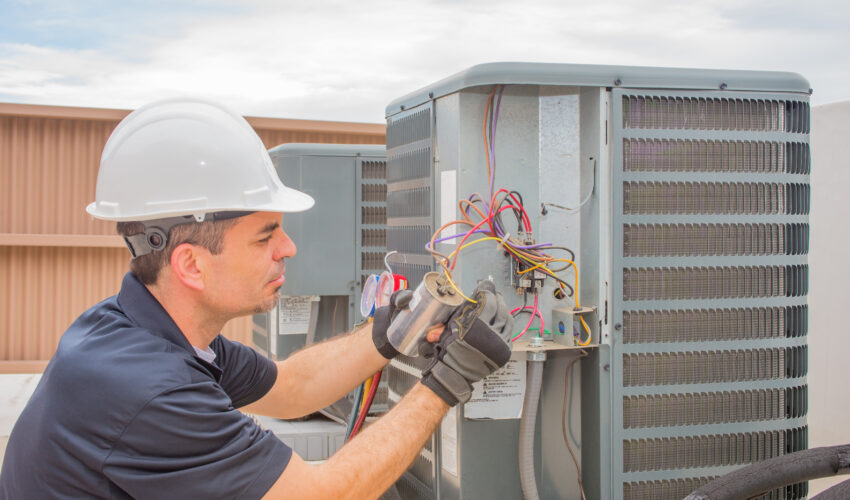

.png)
